Land, legacy and the future
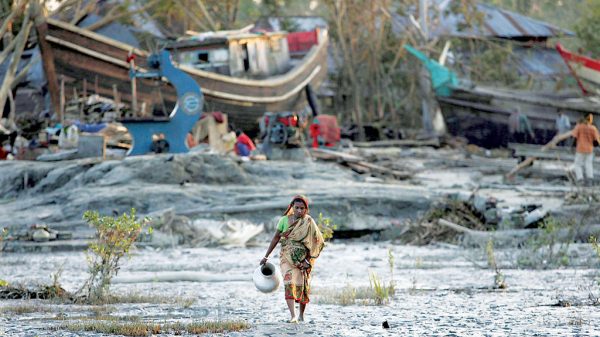
HUMANITY came into being after most ecosystem services had been in operation. The land feeds, clothes and shelters us. It sustains our economies, lives and livelihoods. About 99 per cent of the calories every human being needs for a healthy life still come from the land. There is a Chinese proverb: ‘If cities are destroyed and farms remain intact, cities automatically grow, but if farms are destroyed, then cities wither and die.’ The first civilisation of mankind was built on irrigated agriculture, primarily because the irrigated lands remained productive much longer. Man probably did his first farming in southwestern Asia. In this climate of moderate rainfall, he found just the right amount of rain and sunshine to make farming relatively easy. This laid the foundation for civilisation by enabling the farmer to grow surplus food. Most historians agree that the first civilisations were developed in three regions: the Nile Valley, Mesopotamia, and the Indus Valley, owing to the fact that the soil was fertile, the water supply was dependable for irrigation, and the soil did not wash away.
The stability of the land made it possible for the farmers to farm the same land for many generations. This gave the people an opportunity to settle down and build a permanent home, which led to the exploitation or overexploitation of the same land recurrently that resulted in land degradation, i.e., temporary or permanent deterioration in the productive capacity of land. Historically, the fundamental cause for the decline of civilisation in most areas was the deterioration of the natural resources on which civilisation rested, and the most frequent factors for degradation were war, colonisation, climate change, moral decay, political corruption, economic maladjustment, poor leadership, etc. The staggering rise in the global population and their diversified needs, along with modern technology and enterprise, caused the degradation of most natural resources much faster than any other people in history. The great majority have always exploited these resources to an alarming extent without paying attention to the future.
The Neolithic Revolution began with human alteration of terrestrial ecosystems (hunting, foraging, land clearing, agriculture, and other activities) 12,000 years ago. The Industrial Revolution in the 1780s and the Green Revolution in the 1960s gave great prosperity to humankind but snatched away many things and, in some cases, caused irreversible damages to the environment, leading to global warming, land degradation and the loss of biodiversity. Current agricultural practices are causing soils worldwide to be eroded up to 100 times faster than natural processes replenish them. About 75 per cent of land has been transformed from its natural state, mostly for agriculture, impacting over 3.2 billion people. Globally, 23 per cent of the land is no longer productive. Such changes in land use are happening at a faster rate than at any other time in human history and have accelerated over the last 50 years. The loss of productive land is creating growing competition for land to meet the growing demand for goods and ecosystem services that support life. Land degradation, climate change and biodiversity loss are intimately connected and are increasingly affecting human well-being. Tackling these issues together is key to achieving many of the Sustainable Development Goals.
Since 1973, World Environment Day has been observed to drive action on some of the planet’s most pressing environmental problems. Accordingly, this year, the United Nations Environment Programme has launched campaigns to combat desertification, restore land and build drought resilience following the UN General Assembly declaration in March 2019 of the UN Decade (2021–2030) on Ecosystem Restoration.
So, land issues were high on the UN Environment Assembly’s agenda, where healthy land’s contribution to addressing global challenges of climate change, biodiversity loss and sustainable development was the focus of the sixth session of UNEA. By recognising the gravity of land and other natural elements of our planet (as 24 per cent of GHG emissions are associated with various land use schemes), UNEA for the first time adopted a resolution calling for strengthening international efforts to combat desertification and land degradation, restore degraded lands, promote land conservation and sustainable land management, contribute to land degradation neutrality, and enhance drought resilience. Those issues will be front and centre at the 16th Conference of the Parties, UNCCD COP16, to be held in Riyadh, Saudi Arabia, in December 2024.
Major flagship initiatives
WITH the goal of halting and then reversing this alarming picture of the future, the UNCCD launched the LDN Target Setting Programme to assist countries in achieving land degradation neutrality by 2030. To achieve a land degradation-neutral world (SDG target 15.3) by 2030, an independent LDN fund (decision 3/COP12) was established. Of the world’s 196 countries, 131 (including Bangladesh) have pledged to achieve land degradation neutrality by 2030. The Great Green Wall initiative was launched in 2007 by the African Union to restore the continent’s degraded landscapes and transform millions of lives in the Sahel. The Changwon initiative, coordinated by the Korea Forest Service, enables the UNCCD to be the global voice for land. The International Drought Resilience Alliance was officially launched at the UNFCCC COP27 in November 2022 to shift from crisis management to drought preparedness and adaptation measures that significantly reduce vulnerability and exposure at all levels. G20 Global Land Initiative was launched to prevent, halt and reverse land degradation, with an ambition to reduce degraded land by 50 per cent by 2040. The Ankara Initiative, the Drought Initiative, the Greening Drylands Partnership, etc are in place to address desertification, land degradation and drought issues around the globe.
Bangladesh’s initiatives for combating land degradation
LAND is being degraded rapidly worldwide, and Bangladesh is not an exception to this. Nationally, land degradation has been assessed for 12 types or processes — soil nutrient depletion, organic matter depletion, acidification, salinization, soil pollution, soil erosion, river bank erosion, sandy overwash, drought, waterlogging, soil sealing and ecosystem degradation — that accounted for about 76.2 per cent of land degradation in the country. Other grave concerns are the removal of the most productive top soil — around 130 million tonnes annually — for brick kilns, hill cutting and hill slides.
Realising the urgency of dealing with land degradation and drought, Bangladesh signed and ratified the UNCCD in 1994 and 1996 respectively. Aligning with the UNCCD 10-Year Strategic Plan, the government has adopted the Bangladesh National Action Programme for Combating Desertification, Land Degradation and Drought for 2015–2024, aiming to secure a healthy environment for the present and future generations. The National Environment Policy 2018 puts due importance on sustainable land management. Based on the national action programme and aligning with the UNCCD 2018–2030 strategic framework, the ‘National Roadmap for Combating Land Degradation in Bangladesh’ for the period of 2021–2041 has been formulated. The Bangladesh Delta Plan 2100 outlines policies for the development and utilisation of fragile ecosystems. The government has implemented and is still implementing various projects to avoid, reduce and reverse land degradation by bringing sustainable land management into practice and targeting the use of 100 per cent block in public sector construction, where applicable, by 2025 to protect the most productive top soil.
Way forward
THE conflict between the conservation of the environment and development still remains unresolved, though it is not necessary to destroy natural resources in order to use them. People can conserve most resources while still obtaining maximum benefits from them. With improved technologies and true conservation, development and the environment would continue to support a moderately increasing population for years to come. Ensuring food security for a growing global population requires healthy land resources and flourishing ecosystems. To revitalise degraded ecosystems, we need to bring land back to life by turning degradation into restoration. We need to avoid new degradation, reduce existing degradation, ramp up efforts to return degraded lands to a natural or more productive state and scale up ambition and investment in land before it is too late.
Dr Md Sohrab Ali is director at the Department of Environment.






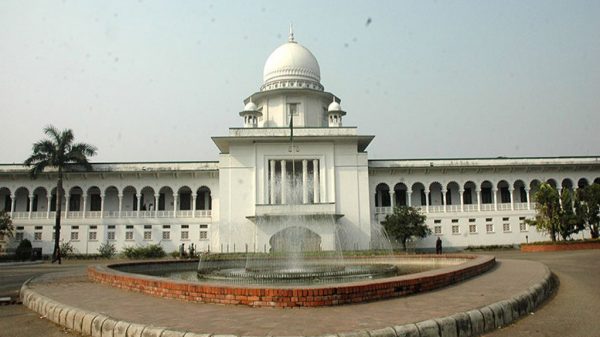
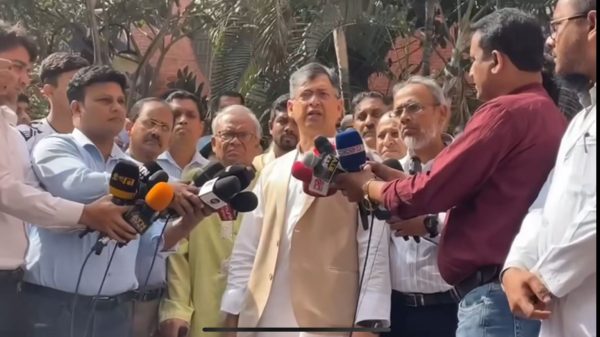


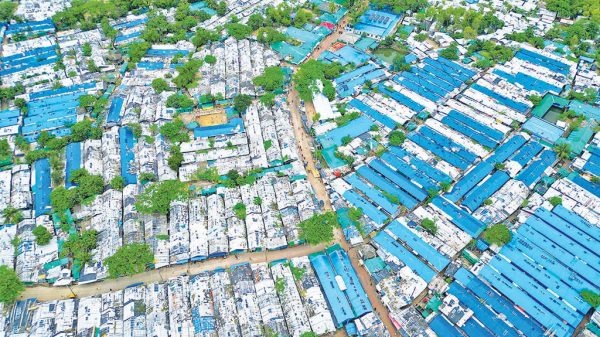

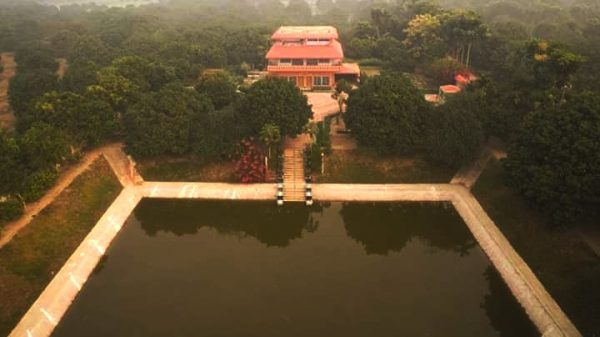










Leave a Reply